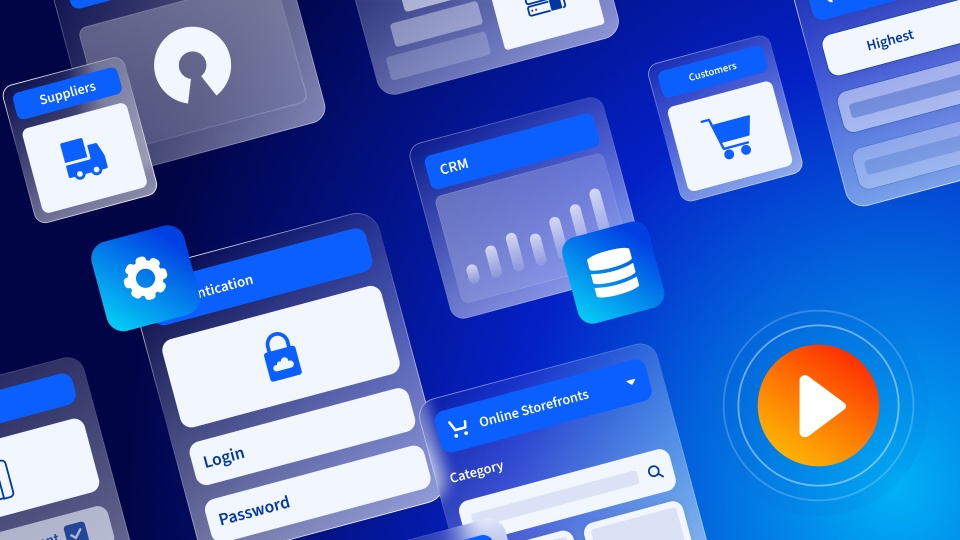Liferay DXPで、最高の
デジタル体験を
CMS、コマース、AIを標準搭載。
複雑な業務にも対応し、あらゆるシステムとシームレスに連携。

11年連続でリーダー企業に選定
弊社は、大手調査会社であるガートナー社によるマジック・クアドラントにおいて、統合ポータル市場(2010年~2017年)およびデジタルエクスペリエンスプラットフォーム市場(2018年~2021年)で合わせて11回リーダー企業に選定されました。
2024年は B2E ユースケースにおいてガートナーの調査で1位を獲得 しております。
2024年は B2E ユースケースにおいてガートナーの調査で1位を獲得 しております。
Gartner

世界中の1,200社以上の 顧客から信頼されています

Liferayの機能
人に合わせる直感的なシステム
社内ポータル
従業員にとっても、個々のニーズに合わせて作られた社内ポータルで、日常の業務を直感的かつ使いやすくします。

サプライヤーポータル
複数におよぶサプライヤーの、複雑なプロセスをわかりやすく合理化するために、1つの窓口に操作を一本化します。

カスタマーポータル
パーソナライズされた Web サイトを大規模に構築できる柔軟なプラットフォームを使用。サイトの訪問者を顧客に変えます。

パートナーポータル
何千もの複雑なパートナーとの関係を単一のプラットフォームで管理。組織とパートナーでサービスを提供しやすくします。

エンタプライズサイト
訪問者一人ひとりに最適化されたコンテンツ配信と柔軟な拡張性を実現。リード獲得から顧客化、さらにロイヤルユーザー化までをトータルに支援し、長期的なビジネス成長をサポートします。

デジタルコマース
購入プロセスを直感的に設計し、売上拡大をサポートします。お客様が迷わずスムーズにお買い物できる環境を提供するとともに、リピート注文を促進し、継続的な収益向上を実現。

あらゆる導入戦略をサポート
サポート体制
9:00〜18:00(日本語) 英語なら24時間365日
お客さまの声
ニュース・イベント
2025年09月03日


Liferayについて
わたしたちは、世界中の24のオフィスと100以上の認定パートナーを通じて、ポータル製品・サービスの提供を行っております。
米国本社であるLiferay, Inc.は、拡大する顧客コミュニティとLiferayサービスのニーズに対応する形で2004年に設立され、2009年には、大企業向けのLiferayエンタープライズサブスクリプションをリリースし、ミッションクリティカルなアプリケーションの実装に必要な安定性のあるポータルの提供を開始しました。4人の従業員から始まった弊社は、今では1200人以上の従業員を抱えるまでに成長しました。







